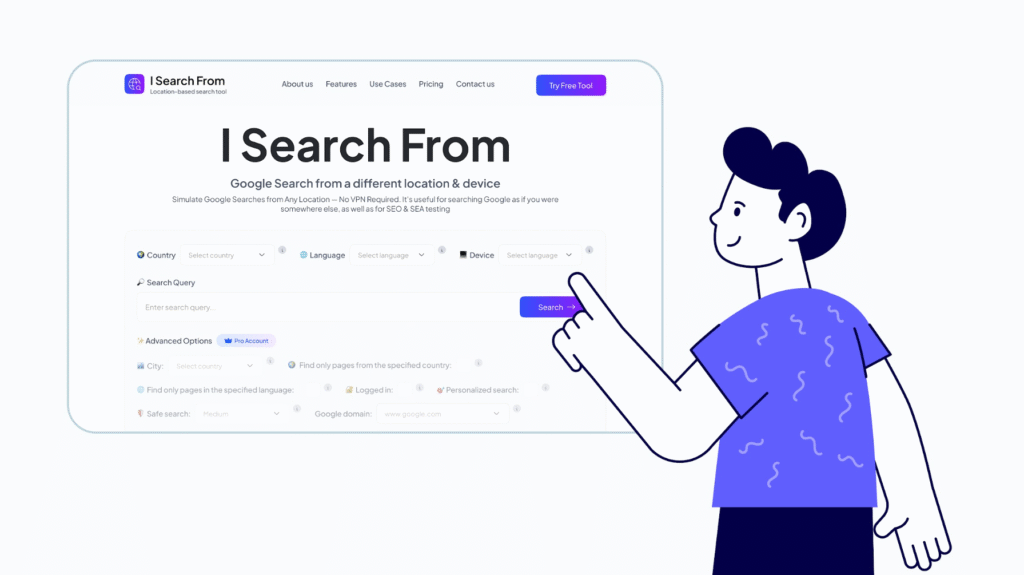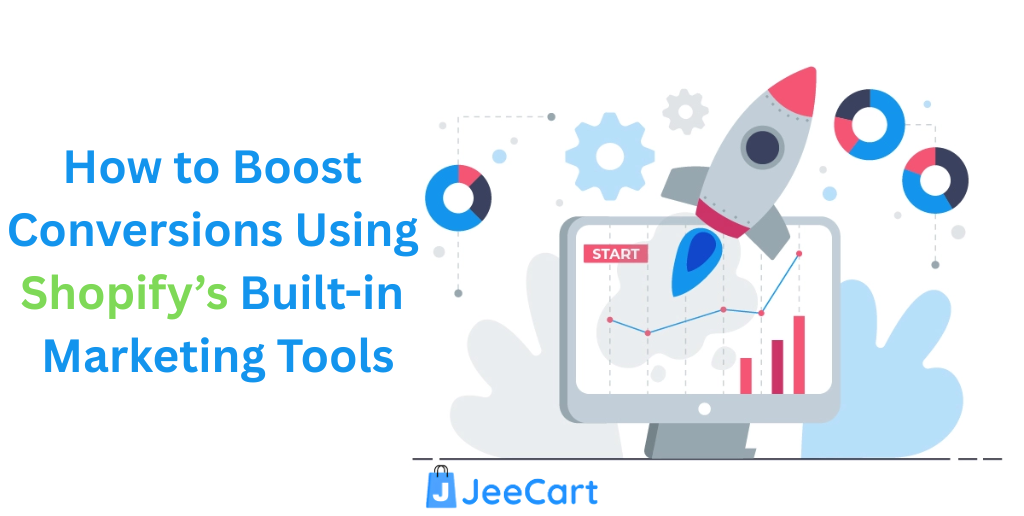
You see your website in the top results on Google and feel like everything is under control.
But a competitor from a nearby area is getting more orders, more reviews, and more traffic. Why?
The answer is simple: they’re beating you locally.
Local SEO is not just about keywords and content. It’s about being visible exactly where your customers are — in a specific city, neighborhood, or even on a particular street.
Google increasingly tailors results to the user’s location, which means that a query like “laptop repair” in Warsaw, Kraków, and Wrocław can produce three completely different sets of results.
While you’re busy looking at your “overall” rankings, your competitor is strengthening local signals, collecting reviews, and taking the top spots in the places where real searches — and real customers — actually are.
According to Google Consumer Insights, 46% of all searches have local intent, and 76% of people who conduct a local search on their smartphone visit a business within a day.
In this article, we’ll walk through how to identify your real local competitors, run a step-by-step analysis of their positions, and understand what helps them win — so you can reclaim your visibility on the local search map.
Identify Your Real Competitors
The first thing to understand is that your main competitor in search isn’t always the one you know offline.
That café across the street might not even have a website, while a smaller shop two kilometers away consistently captures your online traffic — simply because it’s better optimized for local search.
That’s why it’s important to identify who actually shares Google’s local results with you in your specific city or district.
Here’s how to start:
- Make a list of the key queries you want to rank for — for example, “phone repair Warsaw,” “pizza near me,” or “legal consultation Poznań.”
- Don’t check search results from your own browser — they’re personalized. Instead, see them as local users do.
- Use a tool that lets you set location and device parameters so you can view a realistic local SERP snapshot.
According to Bright Local, 78% of users search for information about local businesses at least once a week, and 21% do it every day.
This means competition for local queries is constant, and even a single new review or profile update can shift rankings.
You might think you’re safely in the top three, but in reality, your site may not appear at all for users in a neighboring district where search demand is highest.
Often, these top positions are held by businesses you’ve never heard of — small local players who actively manage their Google Maps listings, reviews, and regional pages.
Once you identify them, you can move to the next step — analyzing why they’re winning the local race.
Geo-specific SERP monitoring has become a standard SEO practice — according to Moz, over two-thirds of specialists regularly simulate searches from other regions to track true visibility.
Five Areas to Start Your Local SEO Audit
If your competitor consistently ranks higher in search, it’s not about luck — it’s because their local SEO fundamentals are stronger.
Here are five key areas where those differences usually hide.
Check each one in your own business, and you’ll likely discover why you’re losing visibility.

1. Website Optimization (On-Page SEO)
Many companies create dedicated pages for each district or city — “Laptop Repair — Prague”, “Auto Service — Katowice” — which helps them capture local intent searches.
If your site has only a single “general” page, Google won’t see you as relevant to nearby users.
2. Google Business Profile
One of the most common reasons businesses fall behind is an outdated or incomplete profile.
Competitors constantly upload photos, update business hours, and respond to reviews.
Google recognizes this activity and ranks them higher.
If your profile looks neglected, you’re already at a disadvantage.
3. Local Links and Mentions
Google trusts businesses that are mentioned by local sources — directories, media outlets, and business associations.
If your competitors are listed there and you’re not, their geo-authority is stronger.
Audit where your business is mentioned online and add missing listings.
4. Local Content and Reviews
Businesses that publish local content — promotions, community news, customer stories — appear more often for “near me” searches.
Add updates tied to your area and engage regularly with customer reviews.
Remember: it’s not just the number of reviews but their freshness that matters.
5. Website Speed and Usability
Google favors fast, mobile-friendly websites.
If your competitor’s site loads in 2 seconds and yours takes 5, the advantage is clear.
Optimize your images, test your mobile version, and check site speed with Page Speed Insights — a simple but powerful improvement.
Strong rankings aren’t built on chance.
Fixing these five foundations will show Google — and your customers — that your business deserves to be seen first.
Step-by-Step: How to Check Your Competitor’s Rankings in Your City
Now that you know what to look for, it’s time to put it into practice — to see who’s actually outranking you in the search results of your target city.
The key is to view Google’s results through the eyes of local users.
1. Set the Correct Location

Go to iSearchFrom.com — a simple tool that lets you simulate Google searches from anywhere in the world.
You can choose the country, city, language, device type (desktop or mobile), and even the Google domain — for example, .com, .de, or .pl.
Unlike a VPN, iSearchFrom doesn’t change your IP address. Instead, it sends the search query as if it were entered by a user in the selected location.
That’s why the results you see are as close as possible to what a real person in that city would see — without distortions or personalization.
2. Enter Your Key Queries
Type in the keywords for which you want to check your rankings — for example, “auto repair Katowice” or “pizza near me.”
See which websites or businesses appear first and compare them to your own.
Try running multiple checks:
- from different devices (mobile and desktop),
- with different interface languages,
- and from nearby cities if you serve several regions.
3. Compare the Results
Record your competitors’ positions and note where they appear — in the Local Pack, on Google Maps, or in organic search.
Pay attention to small details like ratings, photos, snippets, and page formats.
Those seemingly minor differences often decide who gets the click.
4. Use Additional Tools (Optional)
If you need a deeper analysis — historical rankings, keyword trends, or regional reports — you can also try:
- SE Ranking (Location Changer) — to track positions and competitors across multiple regions.
- Bright Local (Local SERP Checker) — to visualize visibility in Google Maps and Local Pack.
But for quick and accurate spot checks, iSearchFrom remains the most convenient option — lightweight, free, and registration-free.
From there, you can move on to analyzing the results — understanding exactly what helps competitors dominate local search, and how to use those insights to improve your own visibility.
Conclusion
Local analysis isn’t a one-time check — it’s a way to understand where your business truly exists on the search map.
When you start seeing search results through your customer’s eyes, noticing competitors in your own city, and tracking changes regularly, SEO stops being theory and becomes a real growth tool.
Make geo-checking a habit — and your rankings will become the result of a consistent strategy, not a lucky coincidence.







